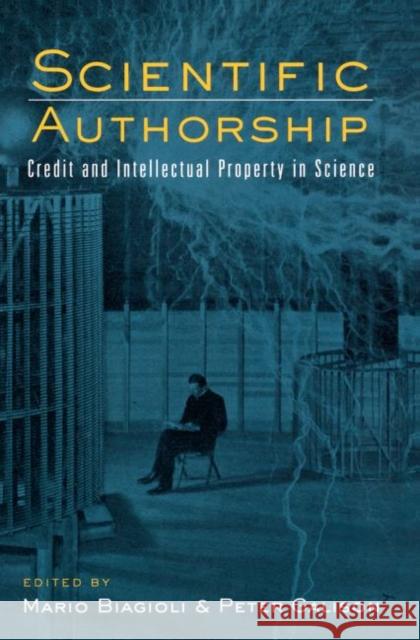Scientific Authorship : Credit and Intellectual Property in Science » książka
topmenu
Scientific Authorship : Credit and Intellectual Property in Science
ISBN-13: 9780415942928 / Angielski / Twarda / 2002 / 384 str.
Scientific Authorship : Credit and Intellectual Property in Science
ISBN-13: 9780415942928 / Angielski / Twarda / 2002 / 384 str.
cena 774,06
(netto: 737,20 VAT: 5%)
Najniższa cena z 30 dni: 730,42
(netto: 737,20 VAT: 5%)
Najniższa cena z 30 dni: 730,42
Termin realizacji zamówienia:
ok. 22 dni roboczych
Dostawa w 2026 r.
ok. 22 dni roboczych
Dostawa w 2026 r.
Darmowa dostawa!
Tracks the changing nature and identity of the author in science, both historically and conceptually.











